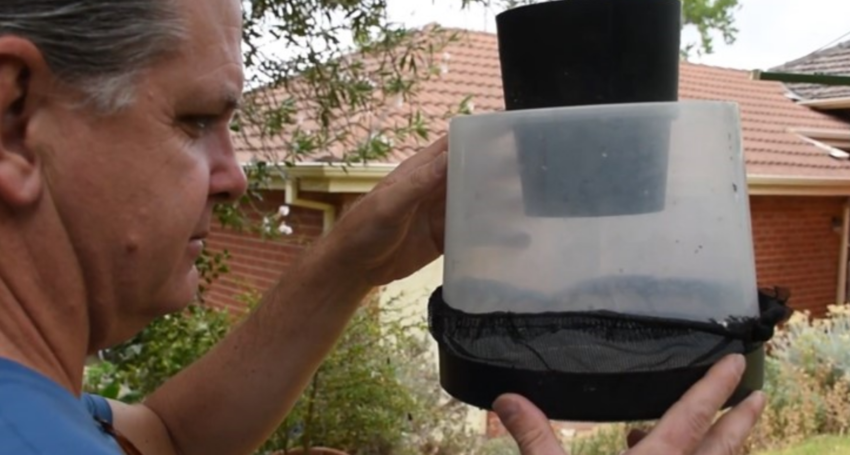“Mozzie Month” gives all clear on exotics
Education
The University of South Australia’s Mozzie Monitors program has rolled out its first national initiative using citizen scientists to collect data on mosquitoes.

Sign up to receive notifications about new stories in this category.
Thank you for subscribing to story notifications.

Professor Craig Williams began Mozzie Monitors in 2018 in South Australia and expanded the idea this year to become a national surveillance program.
“It is about understanding the mosquitoes that are in our cities and in our backyards,” he said.
“We are expanding the existing surveillance network for mosquitoes because at the moment the surveillance for mosquitoes is very patchy and it is very necessary for public health reasons to have good surveillance.
“We are also hoping to educate and engage people about mosquitoes through their involvement in this program.”
He expanded Mozzie Monitors to Broome and Western Australia in early 2020 as the first step toward a national program that also monitors invasive species.
“Another purpose is to keep an eye on exotic mosquitos that may be coming in unwanted from overseas and improving our detection ability for those,” he said.
While final results are still being collected from this year’s survey, Williams said no new exotic or dangerous species have been identified.
He said another thing they have found is that the major sorts of species plaguing people in their backyards around Australia are the same.
“No matter if you’re in Northern Australia or Southern Australia the same major species are biting people,” Williams said, adding that they are also “making new detection records for different species that don’t bite people”.
The information collected aims to increase scientific knowledge about mosquitoes and mosquito-borne diseases amongst the public, and generate information that can be used to improve public health.
Mozzie Month lasted for six-week and aimed to understand the diversity, abundance and distribution of mosquitoes across the country.
Some 105 citizen scientists from Broome, Darwin, Cairns, Brisbane, Adelaide, Sydney and Perth participated in this year’s collection period which ran from the start of February to mid-March.
Mozzie Monitors deliberately targeted Northern Australia for biosecurity reasons, with this the most likely location exotic species could be introduced.
The Mozzie Monitors citizen scientists collect mosquitoes using a specialised BG-GAT mozzie trap created by scientists in Brazil and Queensland.
The trap is a low-cost, zero power, passive trap, that serves as an alternative breeding site containing water and guinea pig chow to capture the insects.
Every two weeks the contents are tipped out and a photo is taken which is then sent to the Mozzie Monitors team which identify the species and monitor populations.
Citizen scientists are used to understand the mosquito fauna in each local community and how these populations fluctuate throughout the year.
Photos and data are still being collected and analysed from the past month with no definitive results published yet.
Mozzie Monitors are hoping to make Mozzie Month an annual event held around February and March each year.
Jump to next article



